Decorating With Antiques: Tables to Elevate the Everyday
http://decor-ideas.org 07/06/2014 00:13 Decor Ideas
Antiques allow us to incorporate ideas and aesthetics of the past into our modern lives, adding a unique kind of beauty and spirit to the everyday objects we live with. And what could be more everyday and basic than a table?
Although the function of a table is mundane, the beauty of a table — especially an antique table — is anything but. As human beings we simply can’t help ourselves: We love to turn the humdrum into the extraordinary, and antique tables are an excellent example of that practice.
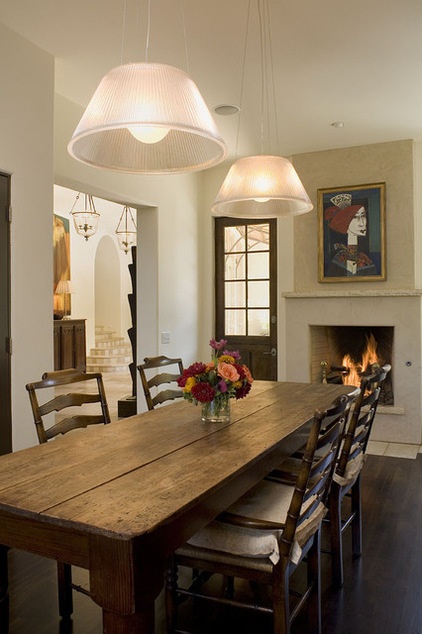
Probably the most primal use of the table is related to eating. While there are probably as many types of dining tables as there are diners, this wide-planked, rustic farm table is one of my favorites. I love the versatility of this design; it works in a traditional dining room …
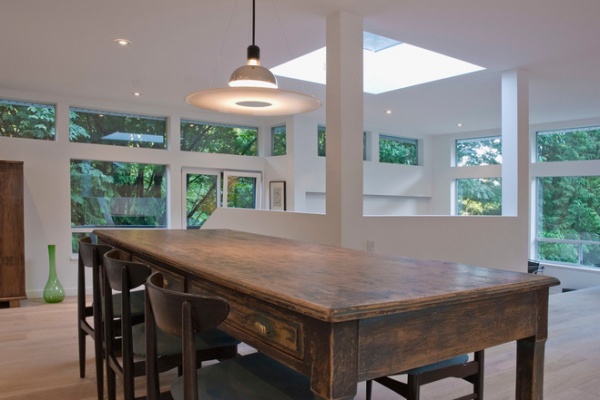
… or a modern dining room …
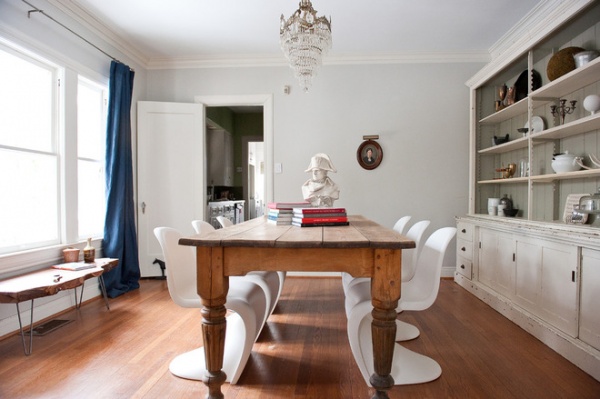
… or mixed with very modern chairs.
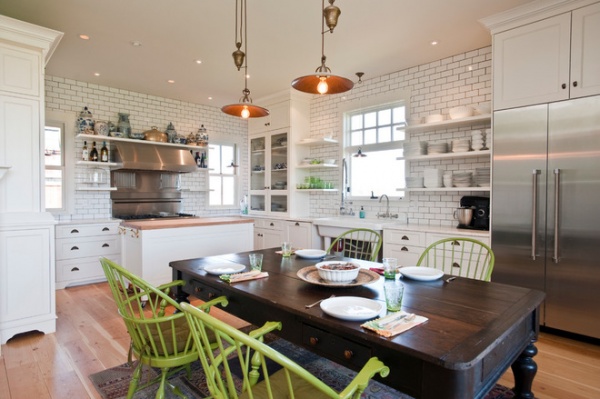
A rustic farm table can take a lot of abuse, since dents and scratches tend to blend in with the ones that are already there.
Shopping tip: When looking for a dining table, make sure you sit at it in a standard-height chair. Look for two things: First, that your knees don’t bump into the apron; and second, that the table isn’t inordinately low. Some antique dining tables are 2 to 4 inches shorter than today’s standard tables, which are 28 to 30 inches in height. (In some cases they’re short because they had casters that were removed. The casters can usually be replaced.)
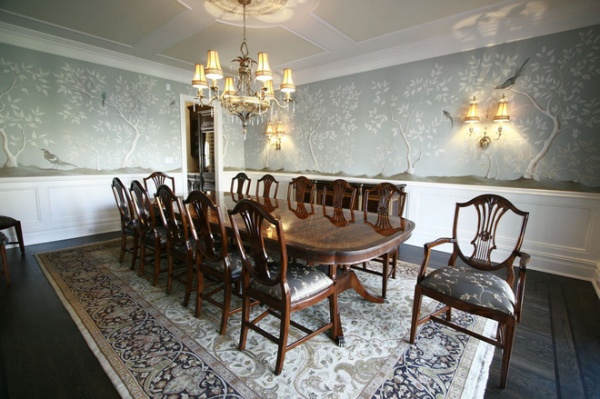
A dining table can be grand and formal, like this antique-style mahogany version. It saddens me that this method of dining is becoming more of a dinosaur. Pulling out all the stops and putting on a big, fancy dinner is such a meaningful way to congregate with friends and family, honor an occasion or simply express hospitality. If your home has a dining room like this, don’t let the dust gather!
Shopping tip: If the table has leaves, check to see that the opening and closing mechanism works, and that the leaves fit properly.
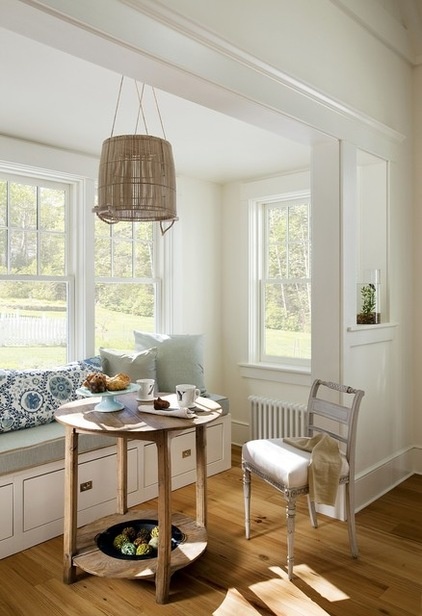
A dining table can also be humble and intimate, as in this bay window dining nook with an antique Spanish warming table. I love how antiques often give us fascinating insight into human ingenuity. This little table is equipped with a metal basin on its lower level that once held hot coals to keep feet warm.
Shopping tip: Wiggle the table around to see if it sits flat on the floor, and to check that the legs are sturdy. If it wiggles it may not be on a flat surface, so move it around a bit just to make sure. And if the legs are loose, they can usually be tightened, but you want to know before you buy if that’s an issue.
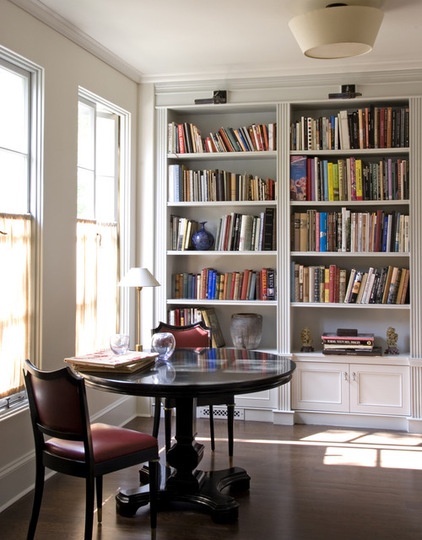
Dining tables can also serve other purposes if we think slightly outside the box. This small, round dining table in a study is great for games, homework and crafts, as well as eating and drinking. What an inventive alternative to a regular desk!
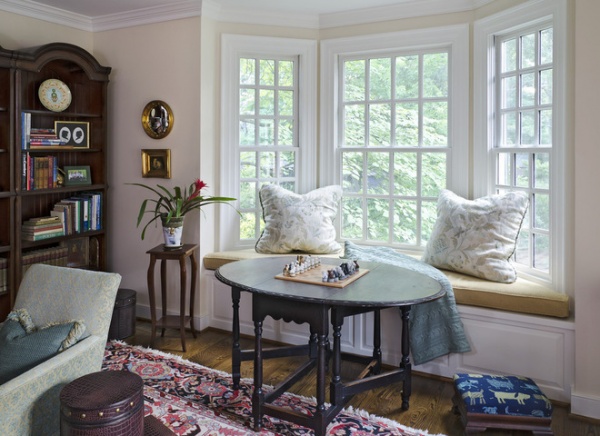
In this family room bay window, a little drop-leaf dining table is fantastic as a game table for chess or poker … as well as high tea on a Sunday afternoon.
Shopping tip: Test the leaves of a drop-leaf table to make sure they work and that they’re properly supported when opened.
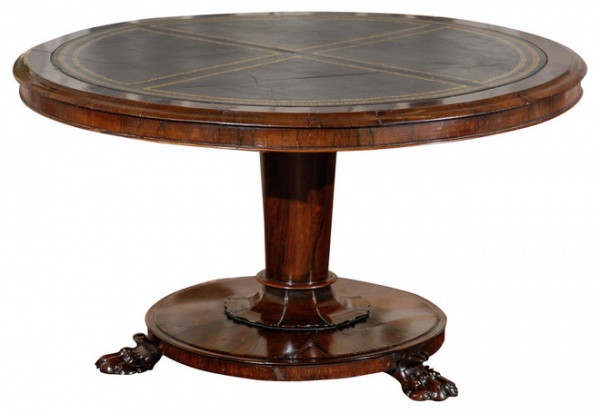
William IV Rosewood Tilt-Top Table - $7,200By the 18th century, tables began to take on some interesting new shapes and sizes as they became more specialized in terms of their purpose.
Have you ever heard of a loo table? They became popular in the 18th and 19th centuries and were made for a card game called loo, or lanterloo. They typically have a round or oval top and a tilting mechanism that allows them to be stored up against a wall or in a corner when not in use. The beautiful one seen here is a Victorian version.
This is the kind of table that I love to use in a large entry hall under a chandelier with a big bouquet of flowers on top, or as a library table covered with books and collections, or as a game table or, of course, as an intimate dining table.Buy on Houzz
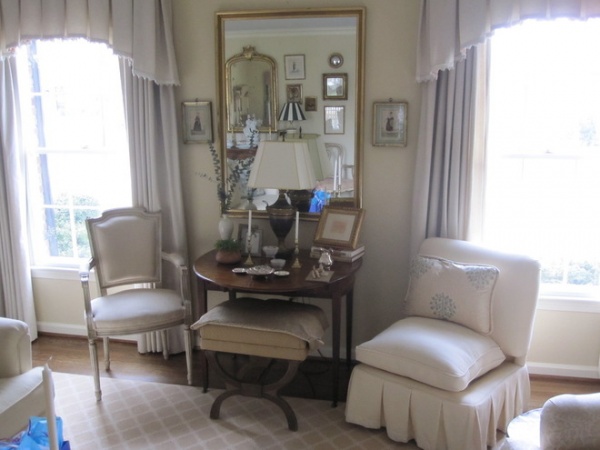
Pembroke tables were first used during the 18th century and were popular throughout the 19th century. Their main characteristic was a rectangular or oval top with folding or drop leaves on each side. Most examples have a drawer and are about the size of the one shown here with its leaves extended. Their design meant they could easily be stored or moved around and conveniently opened for serving tea, dining, writing or other occasional uses.
This is a very classic little table, and extremely useful and tasteful. There are many very fine reproductions, but if you can find a real antique one, lucky you!
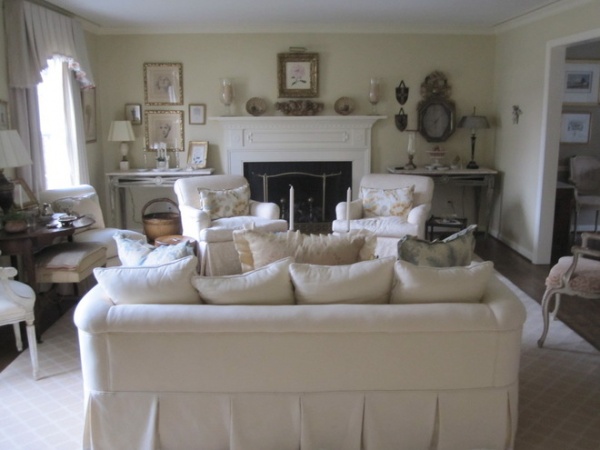
The fireplace in this living room is flanked by two neoclassical French consoles, or sofa tables. This kind of table is generally tall, long and narrow, and is used behind a sofa or against a wall to hold lamps or collected objects.
The sofa table is often an overlooked design element, but I really like to use one when a sofa “floats” in a room. A sofa table anchors the sofa and provides a perfect surface for that very special pair of lamps, or that collection of leather books that you’ve been wanting to display.
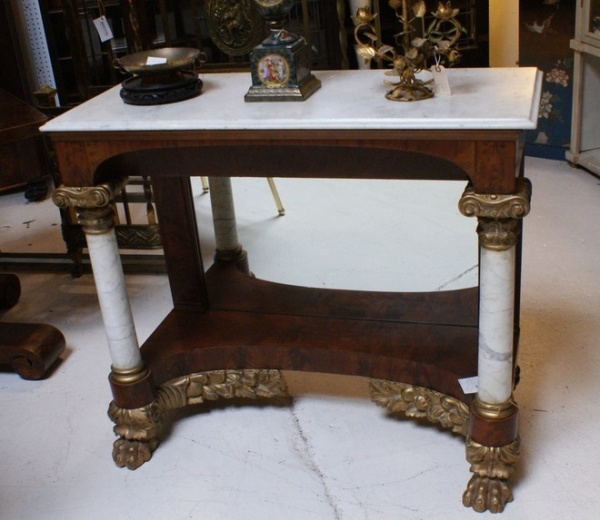
A pier table like this was originally designed to go against a wall between two windows, and was often paired with a pier glass (a matching mirror). These are gracious and elegant old things, fairly easy to find, and are fantastic used in the same way as a sofa table or a console.
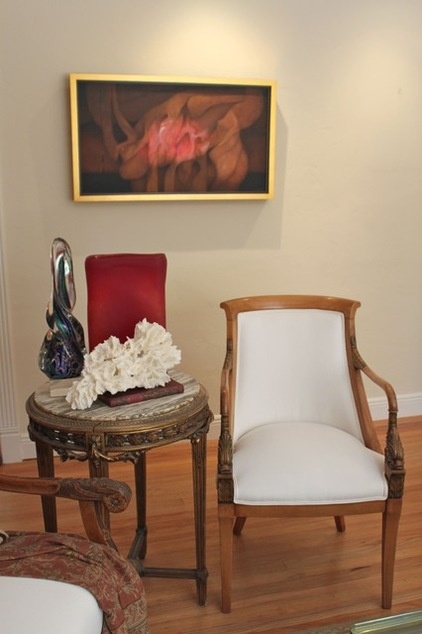
This small round gilt and carved table is a gueridon. It was originally designed to hold a candlestick or candelabrum. As with so many of these wonderful old tables, it can be used in many ways. Here it acts as a perfect little end table between two chairs, providing a display surface for some beautiful objects as well as a spot for putting down a wineglass.
Little round tables like this one are so useful and add great character to a decorating scheme. As an end table, bedside table, lamp table or candle table — or even a perch for your Boston fern — they are invaluable and available in many different designs, from rustic to rococo.
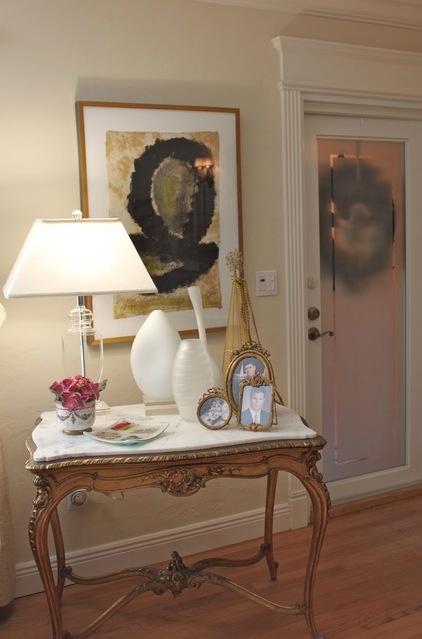
A beautifully carved marble-topped French writing table, or library table, looks chic paired with contemporary art and objects. Situated next to the front door, it creates a very classy welcome. I would love to be greeted by this table when I walk through a front door.
It would also make a fantastic little writing desk in a tiny study, or a gracious lamp table next to a sofa.
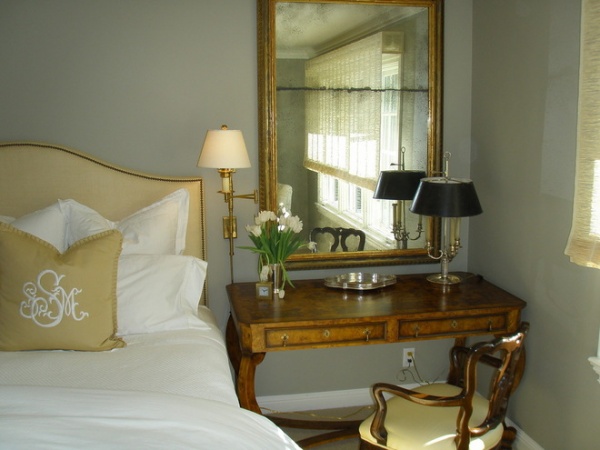
I love it when one piece of furniture serves more than one purpose at the same time. In this serene bedroom, a burlwood antique-style writing table plays two parts, functioning as a small desk and as a bedside table. I think that it’s a great convenience to be able to write in my journal and then hop into bed without having to walk more than one step.
Shopping tip: There’s nothing wrong with veneer! Some of the greatest furniture in history was made with beautiful veneers. But if your table is veneered, check to see if there is anything missing, loose or damaged.
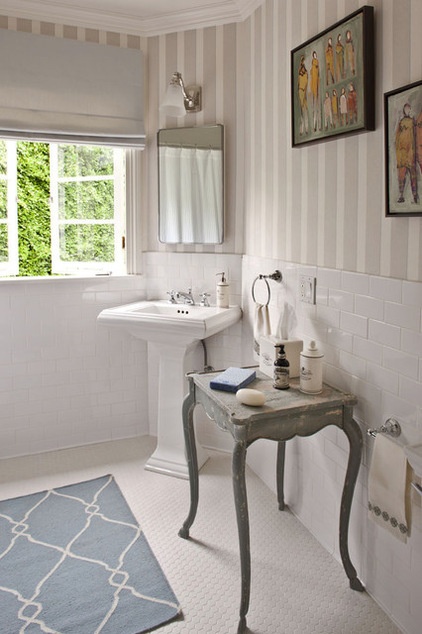
I’ve always wanted one of these! This lovely antique painted French side table works great in a bathroom to hold toiletries and hand towels. Again, an end table doesn’t always have to be used as one. Thinking outside the box opens up many creative possibilities: a tea table, a drinks table, a dressing table or a card table.
Shopping tip: Believe it or not, in the past some wooden furniture (including chairs and tables) was consistently used outside in the yard or garden, or could have spent time in a wet basement. So check the feet for water damage or rot — just in case.
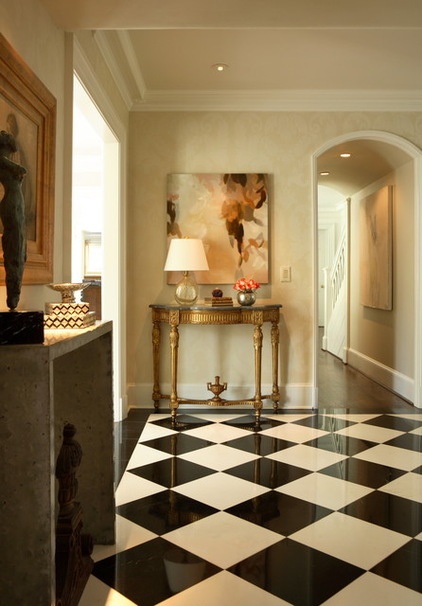
A demilune table is always an elegant presence in any room, and this antique French gilded one is no exception. I love the way the curved line of the table contrasts with the very geometric design of the floor in this striking entry hall.
“Demilune” is French for “half moon,” and this style of table was probably developed in France. The style came into widespread use in the 1750s and has remained popular ever since, though it’s especially characteristic of Louis XVI and neoclassical designs, such as those by Hepplewhite and Sheraton.
We’ve really only scratched the surface of tables — figuratively speaking, of course. There are gateleg tables, refectory tables, drafting tables, nested tables, drum tables, chess tables, billiards tables, card tables … just to name a few. Decorating with antique tables of any kind is a fascinating display of how artistic gifts can add beauty and inventiveness to the mundane aspects of life.
More: Decorating With Antiques: Chests, Dressers and Buffets
Related Articles Recommended












